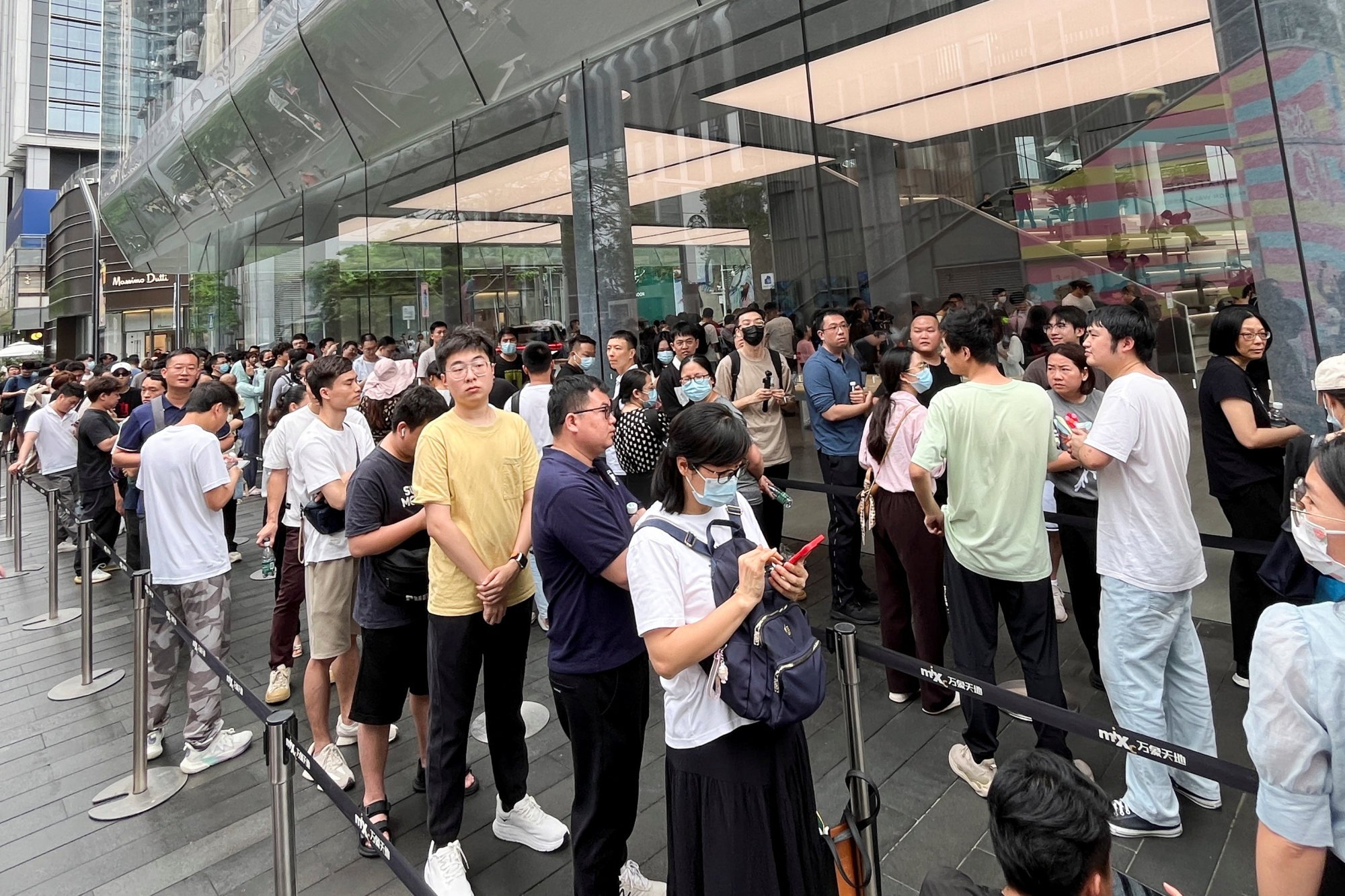A Japanese electronics consultancy has denied that it conducted a teardown analysis of Huawei Technologies’ new Pura 70 smartphone, after a widely circulated Chinese social media post claimed that the research firm found mostly locally-sourced components in the device.
“I never commented on the Pura 70 to anyone because we have not received the product,” said Minatake Mitchell Kashio, CEO at Tokyo-based Fomalhaut Techno Solutions, in response to an email inquiry from the South China Morning Post.
Several Chinese online media outlets falsely reported this week that Fomalhaut looked inside Huawei’s latest flagship handset and discovered that more than 90 per cent of the parts came from domestic suppliers, including its system-on-chip (SoC), display, case, batteries, lenses, heat-dissipation materials and acoustic components.
Only the main camera in the top-tier Pura 70 Ultra is from Sony, the reports claimed.

US-sanctioned Huawei remains tight-lipped about where it sources components for its premium smartphone models. The Shenzhen-based tech giant earlier this month unveiled the highly-anticipated Pura 70 smartphone series, its biggest flagship handset launch since the Mate 60 Pro last August.
The Pura 70’s SoC – an integrated circuit that combines all the necessary components on one piece of silicon – is a Kirin 9010 processor produced by China’s top foundry, Semiconductor Manufacturing International Corporation, using its 7-nanometre N+2 node – the same process that was used to make the Mate 60 Pro’s Kirin 9000s, according to research firm TechInsights.
Huawei is poised to regain the top spot in the Chinese smartphone market this year, shipping more than 50 million smartphones, the research firm said.
In contrast, Apple’s share dropped to 58 per cent from 70 per cent a year ago amid competition from Huawei and other local Android smartphone makers, as well as an anaemic Chinese economy.